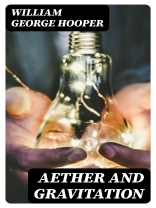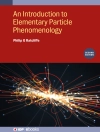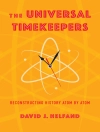In ‘Aether and Gravitation, ‘ William George Hooper embarks on a rigorous exploration of the interplay between two foundational concepts in physics: aether and gravitation. Written in a style that marries clarity with intellectual rigor, Hooper delves into the scientific theories of the late 19th and early 20th centuries, contextualizing his arguments within the broader landscape of contemporary scientific thought. The book intricately weaves historical perspectives with mathematical formulations, offering a cohesive narrative that seeks to reconcile the emerging theories of relativity with the traditional notions of aether, setting the stage for future inquiry in theoretical physics. William George Hooper, a scholar with a keen interest in the philosophical implications of scientific principles, draws upon his multidisciplinary background in physics and philosophy in crafting this work. His experiences navigating through the tumultuous shifts in scientific paradigms during his era greatly influence the depth and breadth of his analyses. Hooper’s commitment to understanding the underpinnings of scientific theories showcases his desire to bridge the gap between abstract concepts and their tangible implications in the natural world. For readers who are passionate about the evolution of scientific thought and eager to grasp the complexities of physical theories, ‘Aether and Gravitation’ serves as a crucial text. It not only enlightens readers about the historical disputes surrounding aether and gravitation but also encourages them to ponder the philosophical ramifications of these concepts, making it an indispensable addition to the library of any discerning scholar.
Yazar hakkında
William George Hooper, an author whose forays into theoretical physics and cosmology are embodied in his work ‘Aether and Gravitation, ‘ which presents his views on the pivotal scientific concepts of the ether and gravity during the early 20th century. Though not as widely recognized as some of his contemporaries, Hooper’s contributions to the discourse on the aether theory, which was later supplanted by Einstein’s theory of relativity, delineate an often overlooked perspective in the history of physics. His writing reveals a keen interest in the underlying forces of nature, and he offers a comprehensive examination of the subject matter through the lens of classical physics, providing alternative viewpoints to the prevailing scientific norms of his time. Hooper’s literary style is marked by meticulous explanations and the thorough elaboration of his hypotheses, illustrating a dedicated effort to reconcile the observable phenomena of gravitation with the once-prominent concept of the aether. This work serves as a testament to the diversity of scientific thought prior to the widespread acceptance of quantum mechanics and relativity, and while it did not gain prominence, it remains a notable artifact reflecting the scientific dialogue of an era on the brink of transformative paradigms. ‘Aether and Gravitation’ is a crucial piece for historians and philosophers of science interested in the development and decline of the aether theory as part of the pre-relativistic era of physics.












